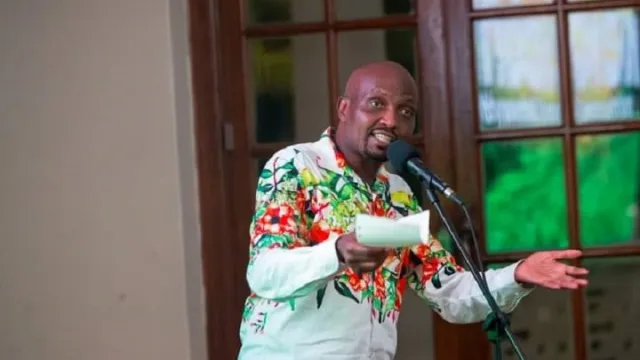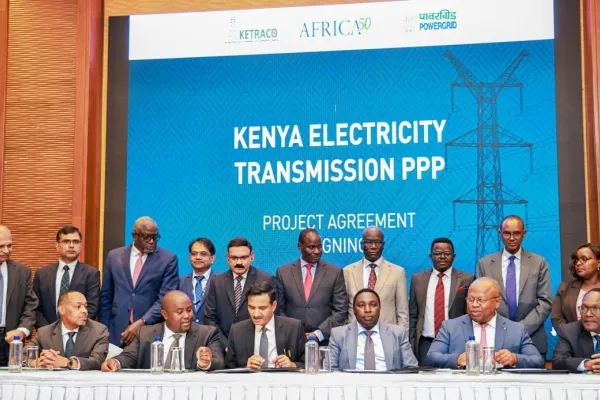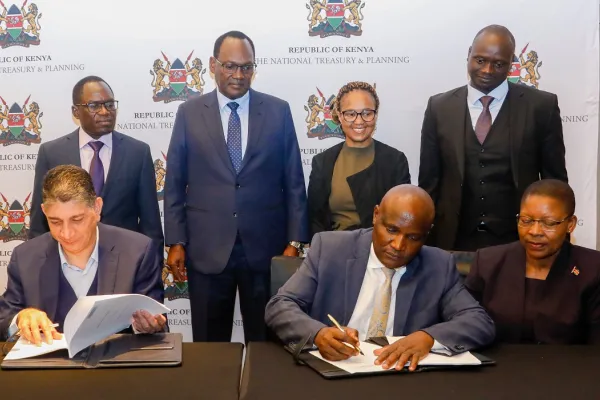Kenya’s export dream gathers pace as Dongo Kundu economic zone takes shape

Kenya’s export dream gathers pace as Dongo Kundu economic zone takes shape
President William Ruto's government is hurrying to put up the Dongo Kundu Special Economic Zone (SEZ) which is set to enhance the country’s export performance and stimulate economic growth.
Through the Moses Kuria-led Ministry of Investment, Trade and Industrialisation, the President hosted a diverse array of actors taking part in the $1.5 billion project supported in part by the government of Japan.
“This evening, [President Wiliam Ruto] and I hosted investors and stakeholders and developmental partners in State House Mombasa on the development of Dongo Kundu Special Economic Zone.
“We discussed the roadmap towards the implementation of the project which is critical to the prosperity of our nation,” Mr Kuria said last week.
Developing the Dongo Kundu SEZ entails the establishment of a Free Trade Zone, free port, logistics hub and an industrial zone as well as complementary amenities including conference facilities, and tourism.
The SEZ is set to transform Mombasa into a manufacturing hub presenting opportunities for investment in value addition to activate the Kenyan economy from the dormancy of exporting primary goods, and thrust it into the realm of exporting better earning intermediate and finished goods.
Agricultural products are central to Kenya's export industry with horticultural and tea accounting for the bulk of exports.
Read also: Murkomen moots Greenfield Terminal revival as he meets Chinese envoy
To enhance the zone’s appeal to domestic and foregn investors and attract more Foreign Direct Investment into the country, Dongo Kundu will operate under a more lenient tax regime.
According to the updated SEZ regulations (2019), companies stationed in the zone will not be subject to Value Added Tax (VAT). Additionally, these businesses will also enjoy lower corporate taxes capped at 10 percent instead of 30 percent for the first 10 years.
Other elements of advantage in the SEZ’s taxation system include exemption from levies payable under the Customs and Exise Act 2014 as well as advertisement and license fees at the county level.
The proximity of the Special Economic Zone to important logistical infrastructure such as the Standard Guage Railway (SGR), the Port of Mombasa, the Moi International Airport and the prospective Mombasa Southern Bypass enhances connection to transport nodes and the hinterlands.
The complementarity of these elements is billed to go a long way to strengthen Kenya’s position as a regional logistics hub as competition from the ports of Dar es Salaam and Djibouti escalates.



